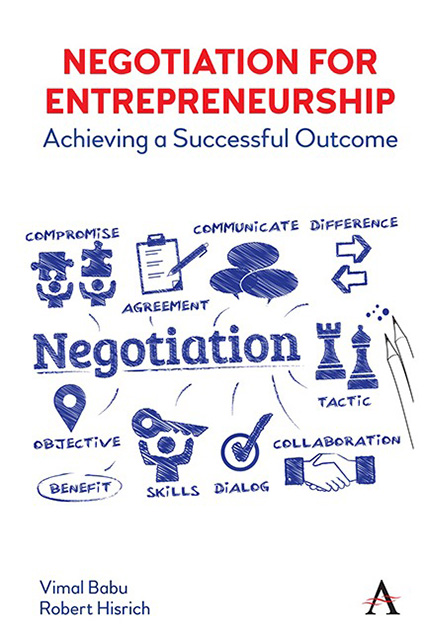Book contents
- Frontmatter
- Contents
- Acknowledgements
- Dedication
- About the Authors
- Foreword
- Preface
- Introduction
- Part I Entrepreneurship in The Twenty-First Century: Managing in A Vuca World
- Part II Entrepreneurship: Minimize Mistakes To Maximize Gains
- Part III Strategy, Planning and Tactics in Negotiation
- Part IV Negotiation and Women Entrepreneurs
- Part V Cultural Dynamics and Negotiation
- Index
Chapter 10 - Culture Differences Impact Negotiation: Embrace It!
Published online by Cambridge University Press: 17 October 2023
- Frontmatter
- Contents
- Acknowledgements
- Dedication
- About the Authors
- Foreword
- Preface
- Introduction
- Part I Entrepreneurship in The Twenty-First Century: Managing in A Vuca World
- Part II Entrepreneurship: Minimize Mistakes To Maximize Gains
- Part III Strategy, Planning and Tactics in Negotiation
- Part IV Negotiation and Women Entrepreneurs
- Part V Cultural Dynamics and Negotiation
- Index
Summary
Learning Objectives
• To understand what is culture and how does it impact negotiations
• Evaluate the differential impact of cross-cultural negotiations on outcomes
• Understand the role of communication in negotiations
• Get familiar with self-serving biases in cross-cultural negotiations
• Evaluate how emotions shape outcomes of negotiations
Opening Profile: The Free Trade Agreement between Canada and United States
On October 3, 1987, the Free Trade Agreement (FTA) was signed by representatives of Canada and the United States after two strenuous years of intense negotiations. Canada could be described as a medium-sized economy. Its population is one-tenth the size of the United States, which is considered an economic superpower in comparison. More than 75 percent of its exports go to the United States making the United States Canada’s prime trading partner. By contrast, the United States was exporting less than 20 percent of its products to Canada.
A Royal Commission concluded that Canada’s only means to achieve this stability was to engage in an open free trade partnership with the United States.
The problem was that the United States wasn’t especially interested in such a free trade partnership agreement.
The first step that Canada took was in the form of preparation by developing a succinct plan. A chief negotiator, Simon Reisman, was appointed by the Canadian prime minister himself. He established an ad-hoc organization called the trade negotiations office which reported directly to the Canadian Government Cabinet and had access to the highest levels of bureaucracy. It established in no uncertain terms their negotiation goals and objectives which included a strong dispute resolution mechanism that the Canadians felt was vitally important to their success.
In contrast, the United States did not consider the FTA to be especially important and let Canada do all the initial work. The only reason why the US Congress even considered the FTA proposal was that they liked the idea of a bilateral approach to trade and were tired of the previous mechanism that failed to settle a host of trade dispute irritants between the two countries known as GATT.
Strong differences in interests and approaches dogged the negotiations.
- Type
- Chapter
- Information
- Negotiation for EntrepreneurshipAchieving a Successful Outcome, pp. 157 - 170Publisher: Anthem PressPrint publication year: 2023

